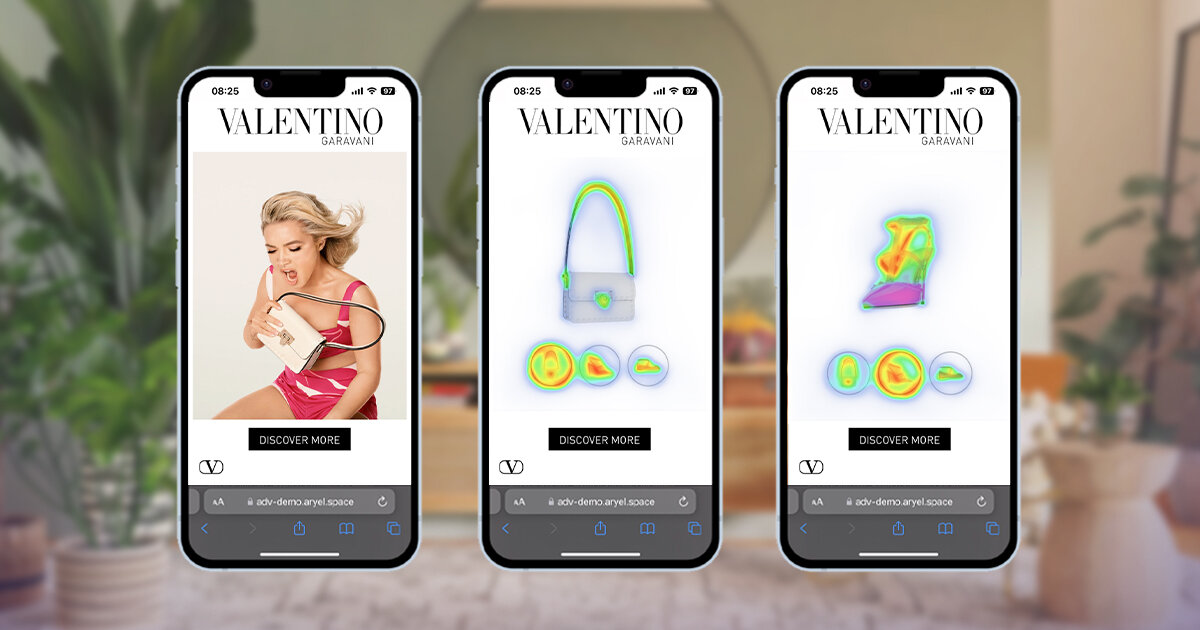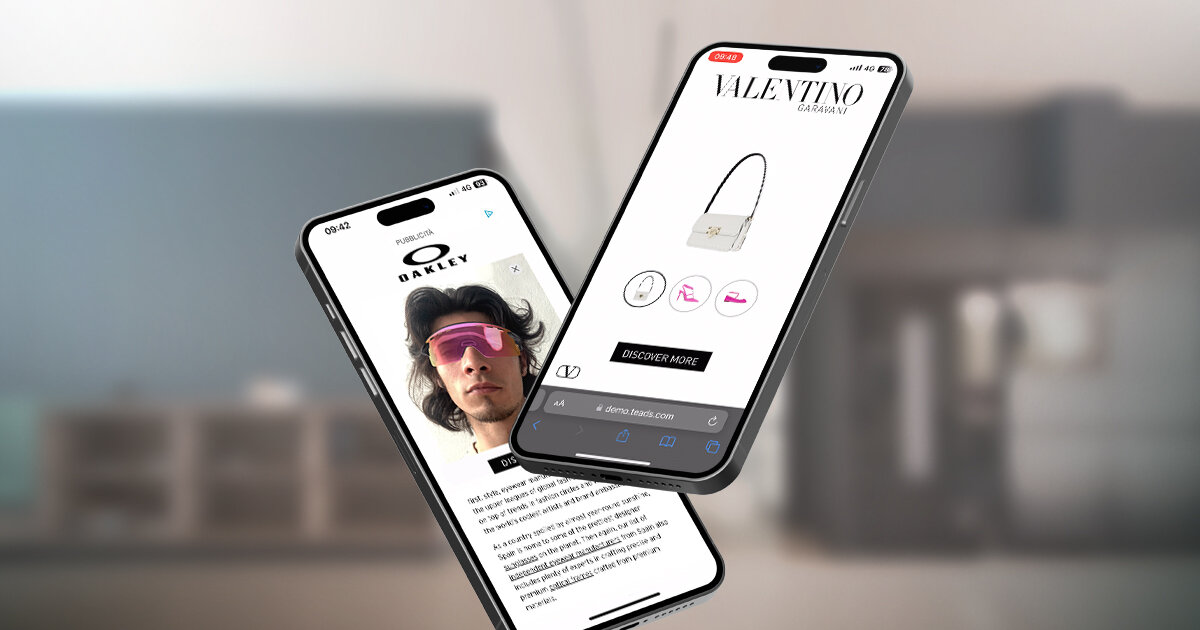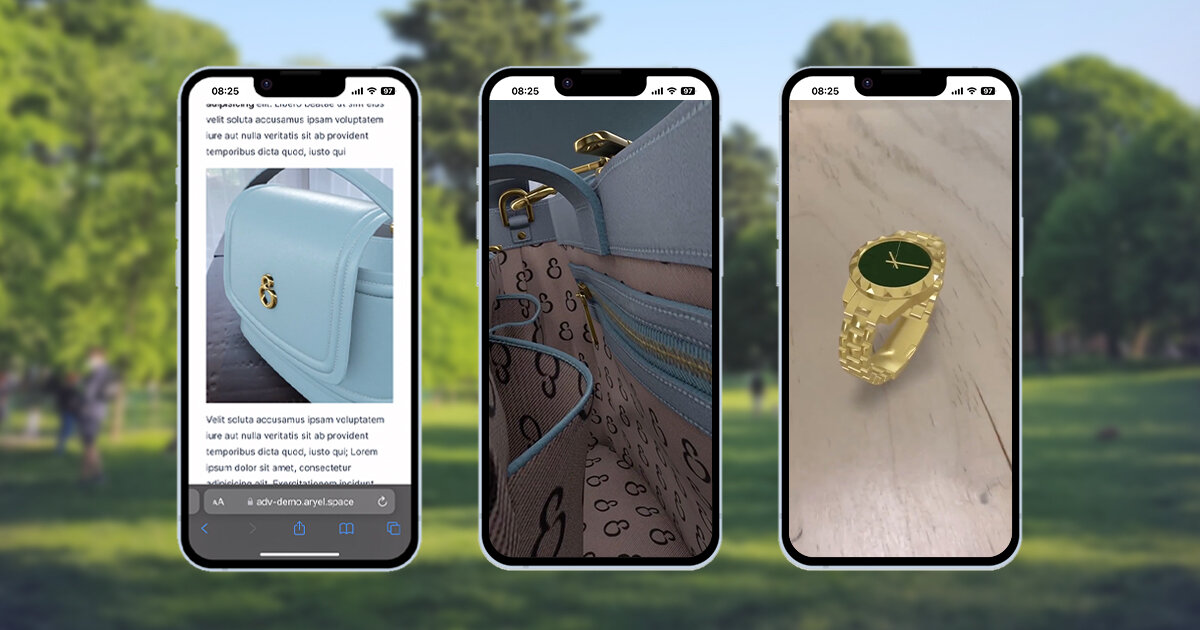Immersive Rich Media invites users into a realm of interactivity.
How? Rather than just relying on text or static images, these next-generation ads utilize HTML5, Javascript and Iframes to create complex layers of content in a single ad placement.
The first thing that’s important to note is that these immersive formats provide an engaging user experience when compared to traditional ones. They draw the user’s attention, break the boring stream of static content and entice them to interact with the ad. This interactivity often translates to higher conversion rates, click-throughs, and viewing rates. That sounds like a pretty good deal for advertisers.
I can almost hear you asking a resounding ‘why’.
The answer is pretty simple: we are growing more and more annoyed and distrusted at ads.
Study shows that every day we are targeted with approximately 4,000 to 10,000 ads. The majority of them aren’t even relevant to us, and are soon to be forgotten. Forgotten, for advertisers, means dollars wasted: in creatives that don’t resound with the target, with out-of-context ad placement or just little to no understanding of the audience who will see that ad.
This should explain why IRM are highly valued by advertisers: they position themselves as premium ad formats, deliver more user’s positive attention when compared to traditional ads and offer levels of engagement never seen before.
When combined with a relevant context (often ensured by programmatic ad placements) they become a powerful tool in an advertiser’s kit, enabling brands to leave a lasting impression on consumers.
This drives to another impactful reason for IRM being so central in fashion advertising.
These innovative formats offer new data points, enabling advertisers to gather more valuable insights from campaigns.

For example, Virtual Try-On experiences can help identify which product elements and styles work best with certain skin types or body proportions. Heatmaps can reveal where the consumer’s eye is focused when visualizing fashion items, giving brands an idea of what works and enabling continuous improvement.
Data such as facial shape, hair color and skin tone can inform future product development and enable hyper-personalized recommendations.
And the best part? All the information collected is zero-party data, so users give the brand permission to use it.
With these tailored insights, brands can see which products perform best, which sizes and colors are most popular, and optimize advertising strategies and product selection accordingly.
Immersive Rich Media provides unprecedented data on fashion consumer behaviour and preferences through attention metrics and interaction tracking. For forward-thinking brands, this intelligence is invaluable in connecting with audiences and tailoring both ad campaigns and products to their tastes.
Lastly, it’s important to note that in competitive industries (like fashion or the automotive ones) being remarked as an innovator and outpace the competition in the adoption of new technologies, can make a big difference.
Therefore it is better not to underestimate these new formats, dismissing it as a passing fad. Immersive Rich Media are here to stay: they have the potential to reshape entirely the advertising landscape, building a better scenario for users and advertisers.







